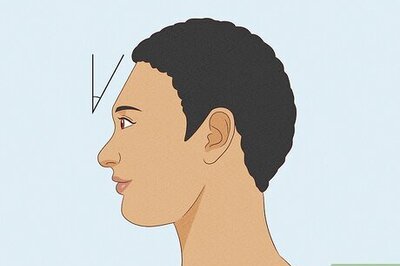
views
World Cerebral Palsy Day, observed annually on October 6, aims to raise awareness about cerebral palsy (CP) and honour the individuals living with the condition. Cerebral palsy is a lifelong neurological disorder that affects movement, posture and coordination. Launched in 2012 by the Cerebral Palsy Alliance and United Cerebral Palsy, this global initiative promotes equality, rights and inclusion for people with CP. It offers a platform for individuals, families and organizations to share their stories, educate communities and advocate for better services and support for those affected by CP.
Goals of World Cerebral Palsy Day
- Raise AwarenessInform the public of CP and its effects on the lives of those who are affected and their families.
- Celebrate AchievementsAppreciate accomplishments and achievements of patients with CP.
- Advocate for InclusionEncourage policies that advocate for the dignity and ability of those affected with CP.
Understanding Cerebral Palsy
Cerebral palsy is a neurological disorder that affects movement and posture, caused by brain injury or abnormal brain development. It is defined by numerous signs that might differ among various patients. The condition is often categorised by the sort of movement that a person has.
Types of Cerebral Palsy
- Spastic CPIt is the most prevalent type and is accompanied by muscle stiffness as well as impaired mobility.
- Dyskinetic CPComprises tremors and postural abnormalities that an individual experiences against their will.
- Ataxic CPCauses imbalance and loss of coordination.
- Mixed CPA mix of all kinds of types mentioned above.
Causes of Cerebral Palsy
Cerebral palsy is usually due to brain damage that occurs before or during birth or within the first three years of life. Some common causes include:
- Prenatal FactorsInfections during pregnancy, illness, low oxygen levels or toxin exposure.
- Perinatal FactorsInfection during labour and delivery or problems associated with premature birth or low birth weight.
- Postnatal FactorsHead injuries in the course of an accident or congenital infections in the early stage of development.
Impact on Individuals
The severity of symptomatology depends on the brain of the affected individual. Some people may present with just mild symptoms while others may present with a severe disability that hampers their daily activities. Key impacts include:
- Mobility ChallengesFor many people with CP, mobility may be impaired and they may require mobility aids such as wheelchairs.
- Communication IssuesApproximately 25% of children with CP may be unable to speak.
- Cognitive ImpairmentsAround two-thirds of those having CP would also have an intellectual disability.
- Social InclusionMany people with CP experience barriers when it comes to meaningfully engaging with society making it important to raise awareness and fight for it.



















Comments
0 comment